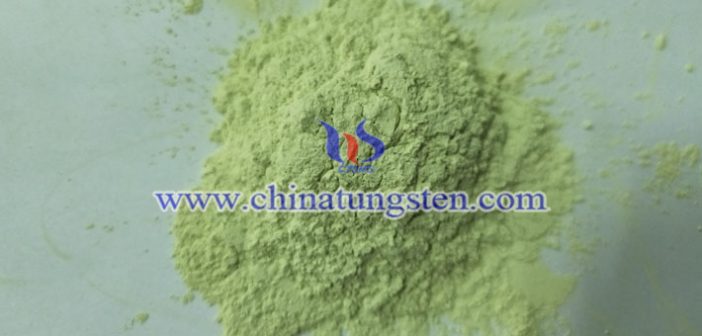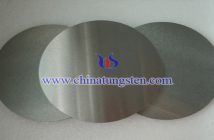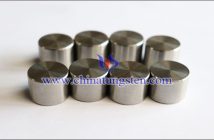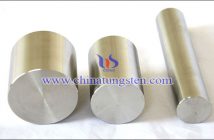Nano tungsten trioxide for preparing dining room heat insulating glass coating is an electrochromic material that has attracted much attention in recent years. According to the experts, in spite of enormous progress being made on the structural, electrical, and optical properties of amorphous and crystalline WO3, a detailed understanding of the electrochromic effect in this material still remains somewhat qualitative.
More details, please visit:
http://www.tungsten-powder.com/tungsten-oxide.html
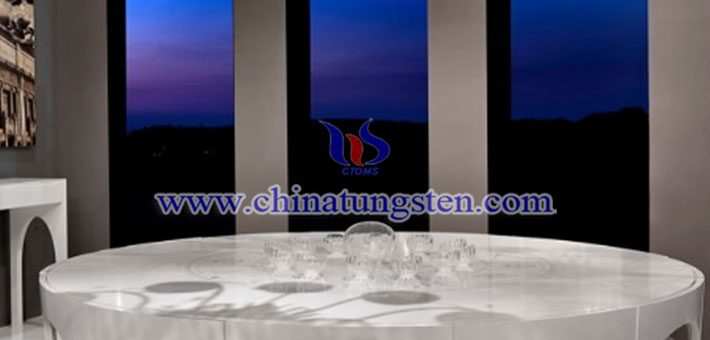
Although theoretical models based on intervalence charge transfer and polaron formation have been widely accepted, these models are still unable to explain some of the experimental results on the coloration phenomena. The coloration in WO3 is a structure-sensitive phenomenon, and excess electrons can be either localized or delocalized. The presence of structural defects such as oxygen vacancies, impurities, and degree of disorder plays a crucial role in determining the coloration efficiency. Although significant progress has been made in recent years on the calculation of electronic structure and defect properties of both amorphous and crystalline WO3, the structural complexity of the material presents many challenges and opportunities for theoretical computation. The unique ability to induce bistable optical and electrical properties in WO3 by a variety of excitation sources has led to many devices of significant technological interest.

